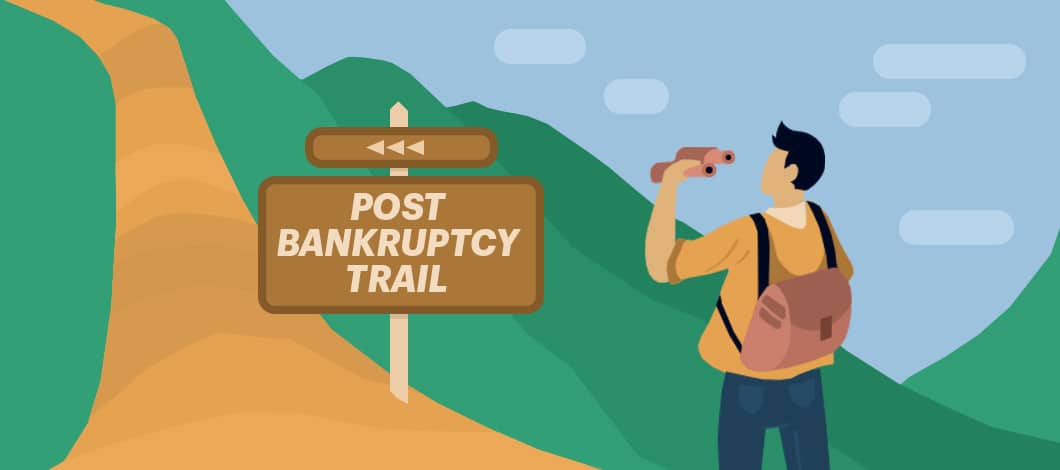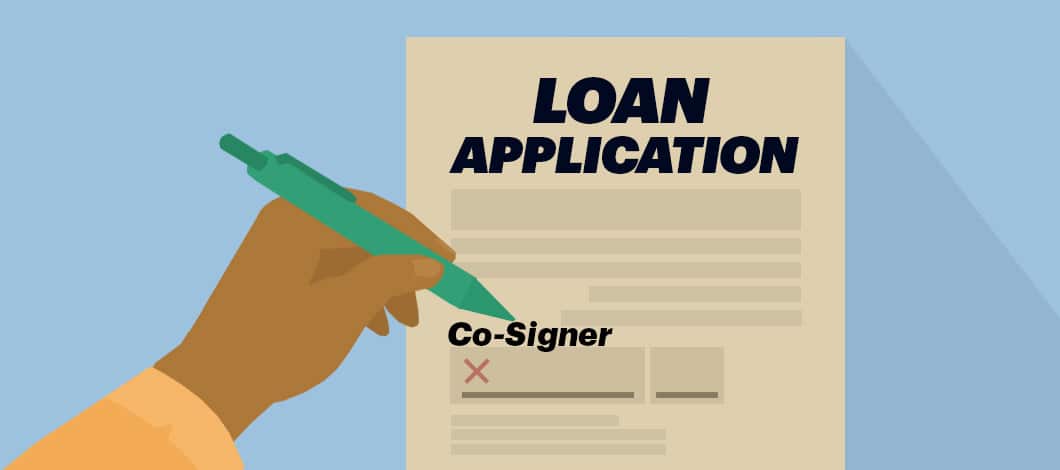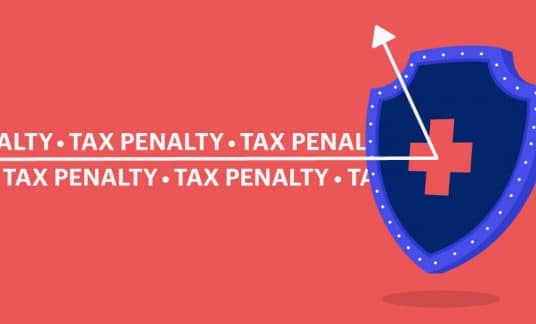Declaring bankruptcy is a difficult decision to make. It destroys your credit and makes life difficult for a while. Fortunately, building credit after bankruptcy is possible.
By following the right strategies for rebuilding credit after bankruptcy, you will soon be able to get approved for credit cards, buy a car and even obtain a mortgage to buy a house. All is not lost.
Here are 7 steps you can take to restore your financial life after bankruptcy.
1. Check Your Credit Report
Get a free copy of your credit report from AnnualCreditReport.com. Review all the entries and make sure they’re correct. If you notice any data that is incorrect, you should notify the credit reporting agencies to have them corrected or removed.
For example, if you see any debts that were discharged in bankruptcy but are still being reported as active and late, these need to be reported to the credit agencies since they will have negative effects on improving your credit score. It isn’t unusual for creditors to continue to report negative information after bankruptcy, so it’s important to frequently check the information on your credit report.
A Chapter 13 bankruptcy will stay on your credit report for 7 years while a Chapter 7 bankruptcy will appear on your credit history for 10 years. Fortunately, the effect of bankruptcies on your credit score will become less and less over time.
At the same time, learn what your current FICO score is so you can monitor it and track your progress. Always use the same credit score so you’re comparing apples to apples. You can start by getting your FICO score from Experian.com.
2. Create a Budget
The plan for rebuilding credit after bankruptcy starts with getting control of your money by creating a budget. You need to know exactly how much income you have coming in and where it’s going. Your budget should include an accounting for every penny you spend.
This means rent, food, utilities, gas, insurance, clothing and even the $4 you spend at Starbucks for a cup of coffee.
A budget forms the backbone for the way you conduct your financial affairs to recover from a bankruptcy. A budget restricts your spending to stay within your income and have money left to put into savings.
Once you have a complete understanding of your income and expenses, you’ll be able to construct a pathway out of bankruptcy — and your success will be assured. You’ll know where you’re going and how you’re going to get there.

3. Get a Secured Credit Card
The best way to rebuild credit after bankruptcy is to create a new credit history by getting a secured credit card and making payments on time. This is a credit card that will be fully secured with a deposit equal to the line of credit. For example, if you make a deposit of $500 with the credit card issuer, you will have a maximum credit card limit of $500.
Avoid applying for too many credit cards in a short period of time. Each application will generate a hard pull on your credit report that will knock down your credit score a few points each time. Also, if lenders see too many new applications, they’ll get the impression you’re desperate and are being turned down by other lenders.
Review the credit standards for each company you apply to, and only apply to those where you’re reasonably certain you’ll be approved. After the credit card issuer has become comfortable with your prompt payment history, they may increase the limit on your line of credit or offer you an unsecured credit card.
Make sure that the credit card company reports your payment history to all 3 credit reporting firms: Experian, Transunion and Equifax. You don’t want to let your efforts to improve get ignored.
4. Take Out a Credit-Builder Loan
A credit-builder loan is like a savings account in reverse. Instead of you putting the money in a savings account, the bank opens the account and puts the money in for you. Then you make regular payments on the account until your payments total the amount of the bank’s original deposit.
For example, suppose the bank makes an initial deposit of $1,200. You agree to make monthly payments of $100. At the end of 12 months, you will have put in $1,200. The bank will notify the credit reporting agencies that you have made 12 on-time payments on a loan. Additionally, the $1,200 that you have paid in is now yours, and you’re free to do with it whatever you want.
Your credit score will improve as you continue to establish a history of making on-time payments.
5. Ask Someone to Cosign a Credit Card or Loan Application With You
You can re-establish your credit history more quickly if you have a friend or family member cosign with you. This will help you to qualify for better credit cards and loans at lower interest rates. Your cosigner doesn’t necessarily have to have stellar credit. They just have a credit history that’s better than yours.
However, if you are able to have a cosigner, you must be absolutely certain to make your payments on time. Late payments won’t only affect your credit score but also those of your co-signer, which can damage or destroy relationships.

6. Become an Authorized User on Someone Else’s Credit Card
If it makes you uncomfortable to ask someone to be a cosigner, there’s another option. Ask someone to allow you to be an authorized user on their credit card.
Granted, this approach may not be as effective as having a credit card in your own name. However, a good payment history will be added to your credit file and will have a positive effect on your credit score.
For this method to work, you must make sure the credit card issuer reports the activities of authorized users to the credit-rating firms. Otherwise, it won’t help improve your score.
7. Set up an Emergency Fund
Start putting funds into an emergency fund. A good practice is to have at least 3 to 6 months of your regular monthly expenses in a separate account.
Unexpected expenses, such as a medical issue or a car breakdown, will occur at the most inconvenient times. When they do happen, you’ll be forced to use your credit cards or increase your debt by taking out loans. You can avoid being put in this awkward situation if you have an emergency fund.
How Long Does It Take to Rebuild Your Credit After Bankruptcy?
Rebuilding your credit score after bankruptcy is a slow process and changes don’t take place quickly. You may begin to see some upturn in your credit score after a few months. In most cases, it will take a few years before you see a significant improvement.
If you’re actively taking the steps necessary to repair your credit, the process will happen more quickly. More importantly, you’ll be able to get approved for loans.
As an example, the Federal Housing Administration (FHA) will consider an applicant for a mortgage 2 years after the date of the bankruptcy. In addition, you can take advantage of the 3.5% down payment requirement of the FHA when your credit score goes above 580. If it’s below 580, you’ll have to make a 10% down payment.
The rules for buying a car after bankruptcy aren’t as clear. There are subprime lenders who will give you an auto loan within months after bankruptcy. However, it will come with high interest rates. You’ll improve your chances of getting a car loan if you can make at least a 20% down payment. Depending on the urgency of your need to buy a car, the longer you wait gives you more time to improve your credit score. Also, it increases your chances of getting approved at a lower interest rate.
There aren’t any ways to rebuild credit fast, so be patient and follow your plan.
How to Avoid Bankruptcy in the Future
Practice good budgeting and spending habits and don’t repeat the mistakes that led you into bankruptcy in the first place.
Pay your bills on time and limit credit card usage to less than 30% of your total line available. If you have a payment plan for any debts that weren’t discharged in bankruptcy, make sure these payments are made on time. You want to demonstrate to lenders that you’re a responsible person and will pay your bills on time.
If you follow these ways to rebuild and stick to your plan, you’ll be able to recover from bankruptcy.










